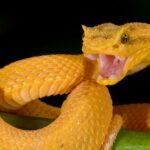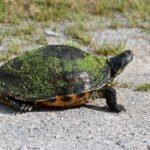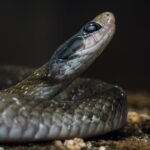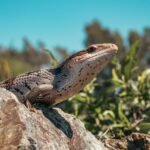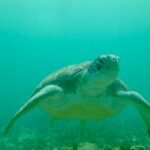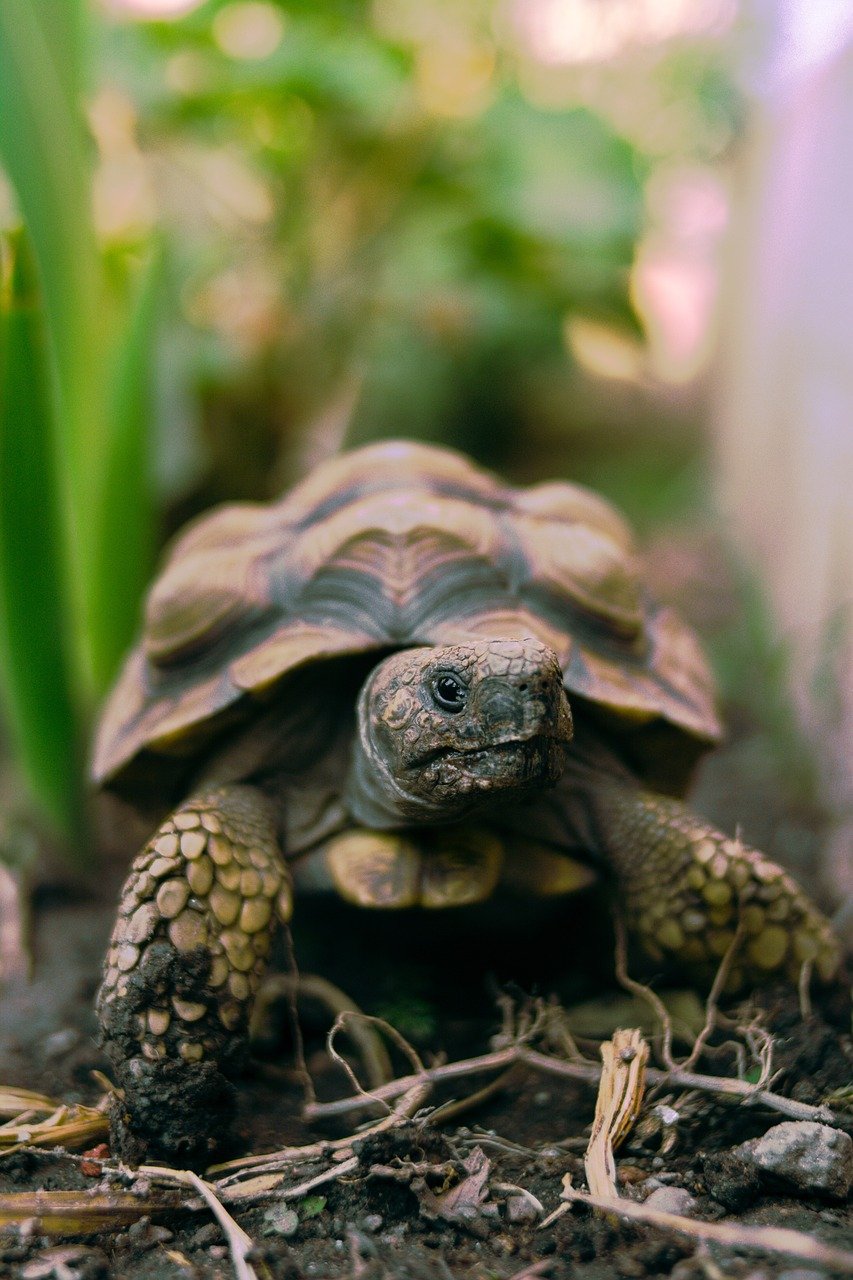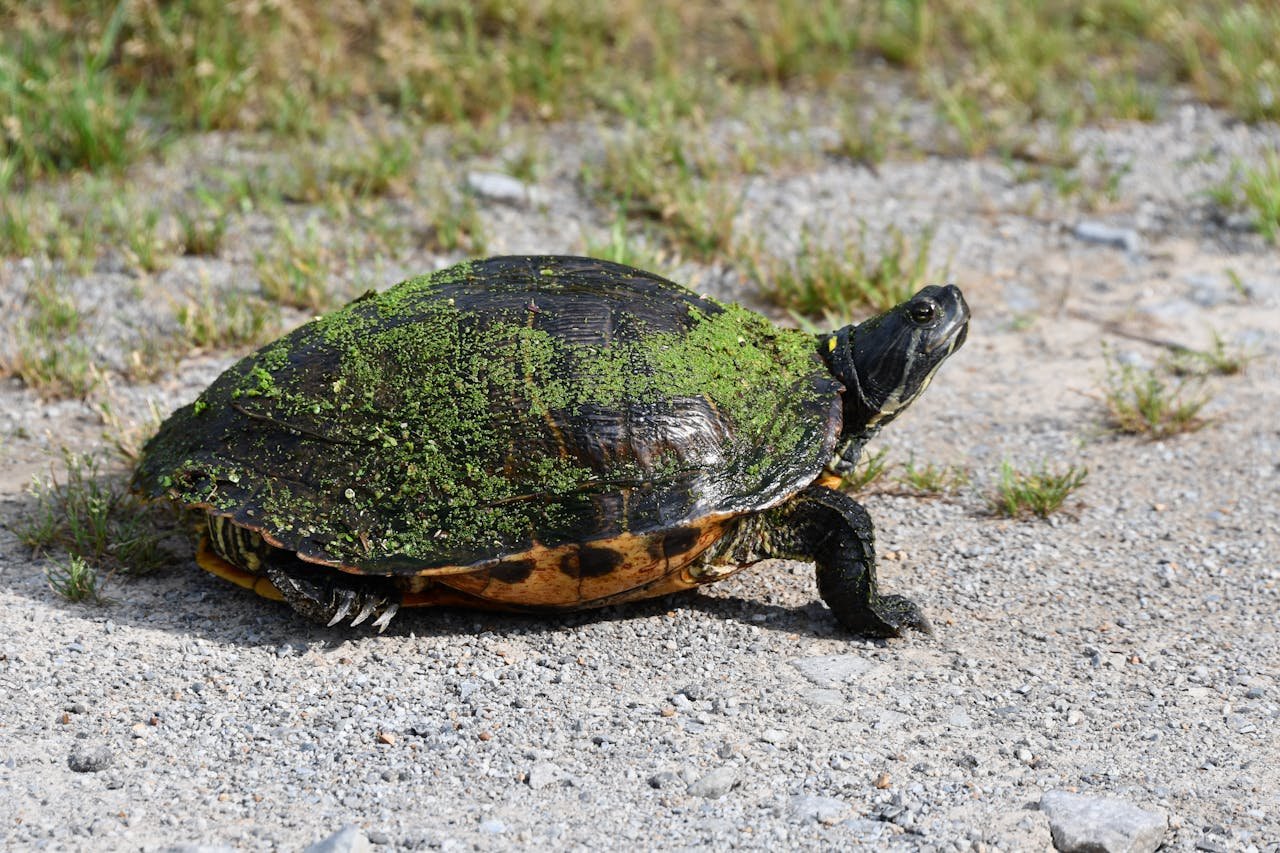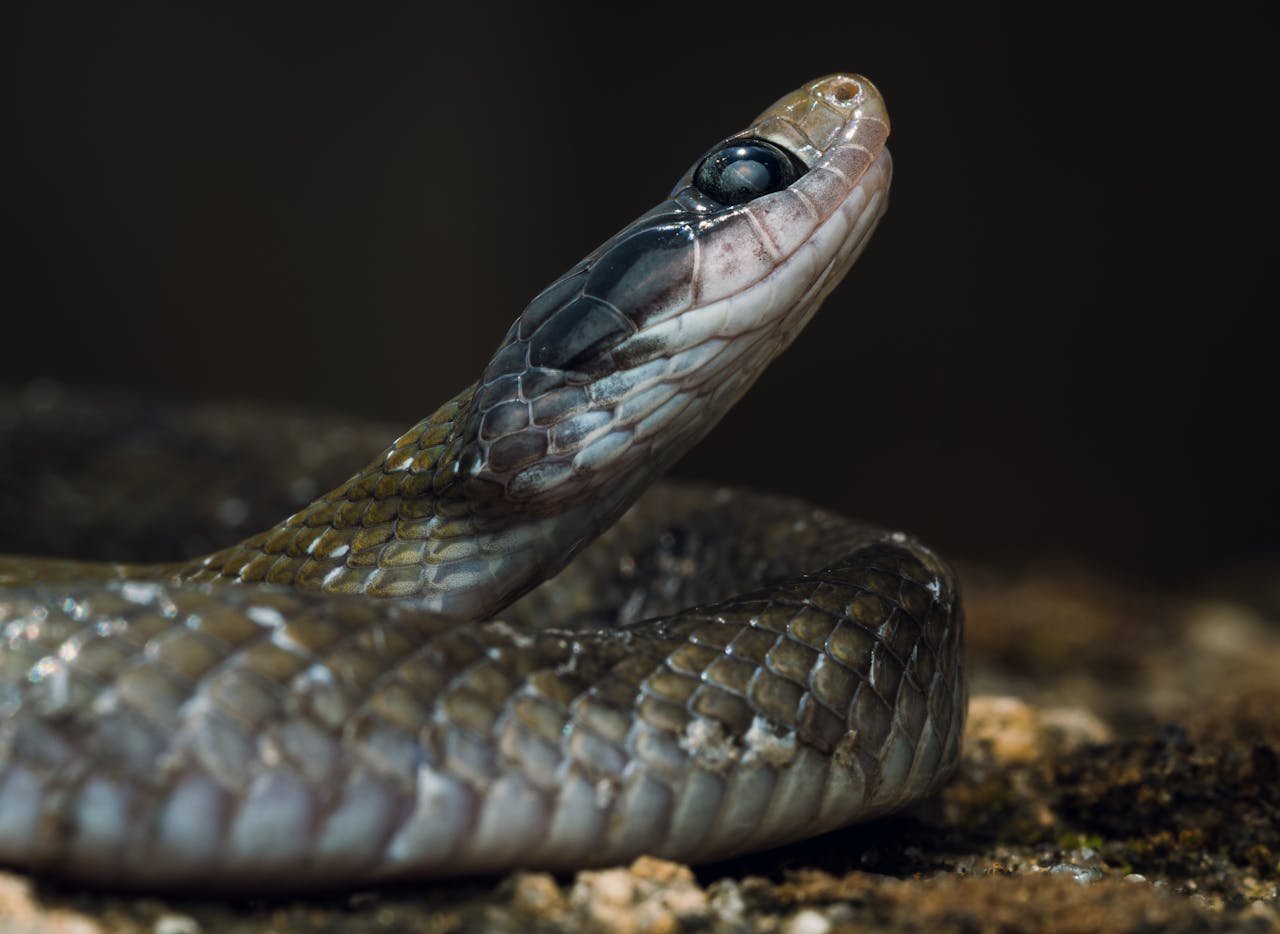It obtains an impressive body size and is one of the most representative long-lived reptiles. Because of this, it is irreplaceable in its habitat. Native to Aldabra Atoll in Seychelles, the Aldabra giant tortoise occurs on: a living testimony of the evolutionary history of giant tortoises and considered as one of the key stone species in the conservation and ecology study of an island ecosystem.
Physical Characteristics
It is one of the highly regarded tortoises due to its huge size and hence finds its place among the four major tortoise species of the world. An average adult reaches up to an average length of about 36 to 48 inches and weighs about 150 to 250 pounds, although it may reach up to 300 pounds. Males are bigger than the females. They come in large dome-shaped shells that house and protect the animal, ranging in colour from light brown through to dark grey. Most have various tints of lighter and darker tone, often serving as camouflage.”.
Of all bodily adaptations, sturdy limbs and feet are most salient; these enable this tortoise to carry its heavy shell and allow it to walk on the rocky and uneven surfaces of its island home. Similarly, this tortoise is covered with thick skin all over, with scales to prevent abrasion, thereby protecting it from inclement environmental elements.
Habitat and Distribution
This is because the tortoise belongs to the Aldabra Atoll of the Seychelles Archipelago, part of the Indian Ocean, which lives among one of the biggest coral atolls anywhere in the world. It has remained comparatively untaught; hence, it makes for a very unique virgin environment for a tortoise.
It is found in dry open grasslands with few vegetations. The lower chain may be running streams lined with patches of heavy undergrowths lining their banks and low trees. Climate-wise, this general environment surrounding the atoll is usually tropical, wet, and dry. In dry seasons, one is prone to find tortoises congregate together around the water source or feeding on whatever vegetation available .
Behavior and Adaptations
One good example of such a species endemic to the atolls is the Aldabra Giant Tortoise. Of course, in view of this, there are quite a number of interesting behaviors and adaptations which have succeeded in making them very successful in this rather odd environment. Probably the most striking adaptation is that the tortoises can subsist with quite low and spasmodic nourishment. The general diet of the tortoises was formed from grass, leaves, and fruits. It generally had the ability to survive with little or no food and water for weeks. Indeed, the big-sized bulky body was really helpful in storing large volumes of water in its bladder that might be useful if that is going to go into shortage.
Other interesting behaviors include the fact that tortoises cover long distances in movement. While nature has actually made them slow movers, Aldabra Giant Tortoises are capable of covering distances all over in search for food and suitable habitats. Resource availability is among guiding factors that guide the movement pattern hence migrates according to the seasonality from one part of the atoll to another.
Reproduction and Lifespan
Like most giant tortoises, the Aldabra Giant Tortoise shows one of the slowest reproductive cycles. Males show mating behaviors during the wet season. Females, upon receiving insemination, lay their eggs in burrows dug out in loose sandy soils. Usually speaking, clutch size varies but is generally up to about 10-20 eggs. Thus, the eggs incubated in the warm natural sand hatch as hatchlings after about 4 to 8 months.

Although the hatchlings were fragile and prey for most of the predators and environmental adversities, the great availability of food would allow them to grow very fast in the first few years. It takes rather long for the young tortoises to reach maturity, after which they are more prone to be a prey for the predators or fall prey to adversities in the environment. In fact, the size and strength of the shell serve them better in later stages by way of saving themselves from most of the predators and adversities.
It is a very long-lived species, with the Aldabra Giant Tortoise commonly reaching ages in excess of one hundred years in the wild. In captivity, many will outlive their human carers, sometimes for over a hundred and fifty years given appropriate care. Supposed causes of such remarkable longevity would be low metabolic rate together with low predation pressures.
Status de Conservación
It belongs to the IUCN category of species “of Least Concern,” and just as the very name states, there are no threats concerning the survival of the species. Everything is so much more important as far as its continuance goes, so this exceptional tortoise species may continue.
Giant tortoises of the world have traditionally suffered overwhelming impacts caused by human activities and other introduced species. That is no different concerning Aldabra. Early Seychelles explorers and settlers over-exploited Aldabra’s giant tortoise for their meat, while introduced animals such as rats and pigs feed on the eggs and hatchlings of the tortoise. This pressure has been relieved through conservation in mitigation terms of habitat protection and eradication of invasive species.
These are the habitat degradations due to climate change and possible future human activities. Protection of the key habitats and monitoring of the population by the conservation programs allow the tortoises to continue surviving in the wild.
Ecological Role
The other important role of the Aldabra Giant Tortoise is that they play a very important role in the ecosystem in which they belong. Being herbivorous, they maintain variance and texture in their environment regarding plants placed under control by allowing the overgrowth from some plant species that prevent dominance over other species. Besides this, they spread the seeds to most areas around the atoll, as they move and hence facilitate excellent plant diversity, that is contributory to the general health of the ecosystem.
This opens up the vegetation and allows other species to exploit a more heterogeneous environment. In Aldabra atoll, it is recorded that Aldabra Giant Tortoise exerts a positive effect on the distribution and abundance of several plant and animal species.
Interaction with Humans
Its gigantic size, supplemented with longevity, has for a long time fascinated mankind enough to win admiration and make it a symbol of endurance and hardiness. Quite a number went even further in investing considerable efforts into research and conservation efforts about this tortoise. It was among the flagship species in Seychelles’ conservation effort.

Ecotourism has been one of the leading issues in conservation during the last few years. The Aldabra Atoll is open to visitors who can come and see these magnificent tortoises in their natural environs. This educates the people on the importance and need for conservation. It needs to be duly noted that such eco-tourism is managed with great care so as not to harm either the tortoise or their environs.
Fascination and Research
Of the myriad research studies in science, some pertain to the biology of behavior and the conservation of the Aldabra Giant Tortoise. Works have emanated that reflect this one particular species and its linkage to ecosystem functioning. Other aspects of interest that have been studied include locomotion, feeding behavior, and reproductive biology.
Some aspects of the study of tortoises relate to longevity studies. Indeed, quite a considerable number of scholars are interested in the long lives of tortoises, provided such an understanding goes to possible insight into the genetic and physiological factors associated with such longevity and aging of other species, including humans.
Conclusion
It would seem that the Aldabra giant tortoise epitomizes drama and resilience commonly found in island ecosystems into an impeccably impressive size, longevity, and ecological importance that won it a place among iconic hosts of nature’s wonders. While threats are many, conservation and scientific study continue to be undertaken with a view to keeping this species viable.
It should never be satisfied with its conservation but always raise awareness of the fact that it takes just a very fragile balance in order to maintain such magnificent life. Indeed, the Aldabra Giant Tortoise fully deserves the status of an ambassador of life-a reminder of one’s commitment to preserve natural heritage and incredible life diversity on Earth.

